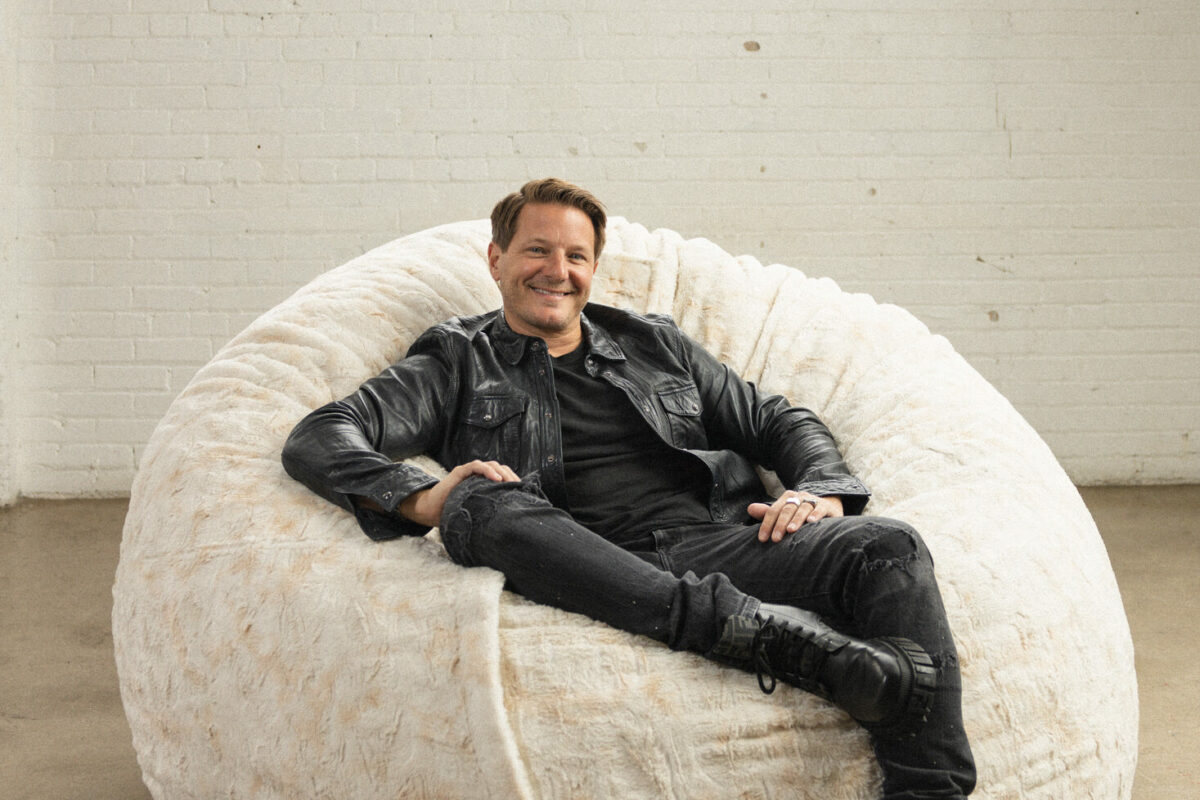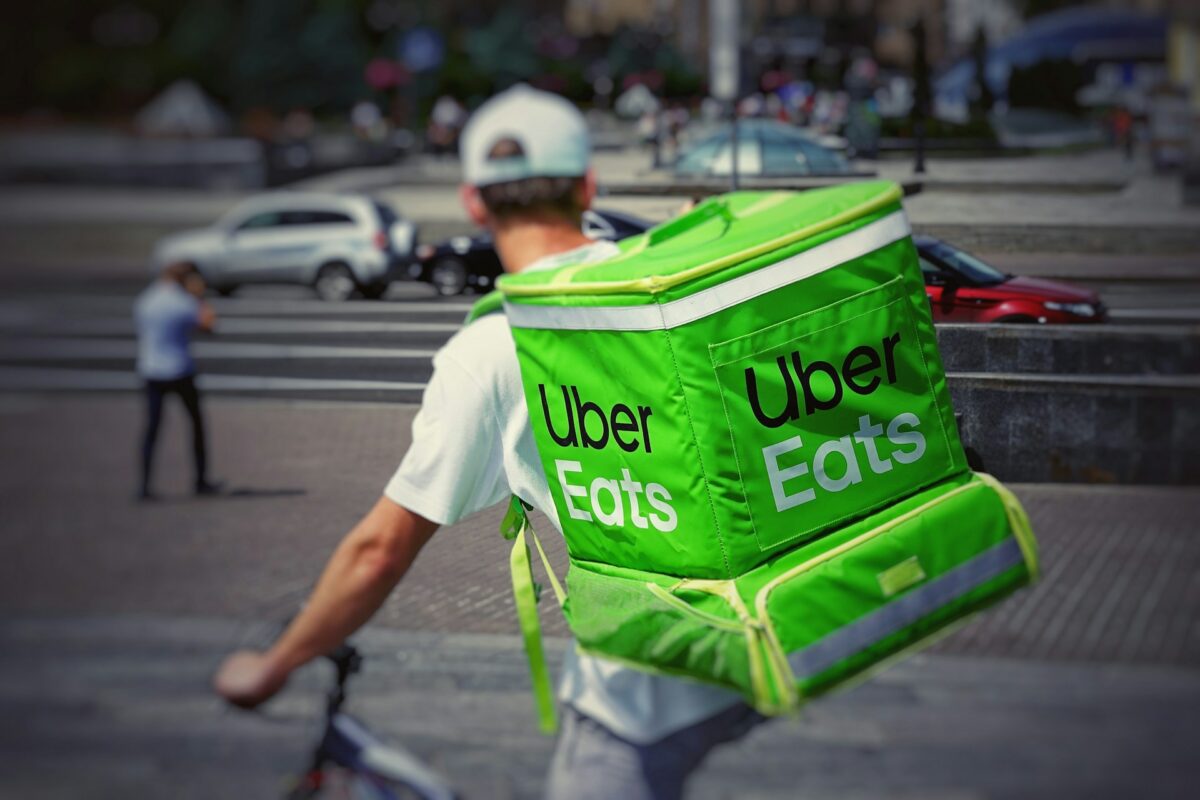Lifestyle branding is ubiquitous in marketing circles. Companies spent over $7 billion on lifestyle advertising last year and are expected to allocate some $10 billion by 2027, nearly a 10 percent compound annual growth rate from 2022, according to Statista.
A lifestyle brand is generally defined as a brand that connects on a deep emotional level with customers by reflecting their values, aspirations and attitudes. In fact, this emotional IQ is so powerful that the customer can say the brand “gets me, understands me” and in some existential sense, “is me.”
A rare few reach that level, namely megabrands with mega-advertising budgets like Nike, Levi’s, Ralph Lauren, Patagonia, Wrangler Jeep, Louis Vuitton, and Apple. But far more brands claim the honor without having earned the right from the people who matter most: customers.
Living The Dream
One brand has reached lifestyle brand status, operating largely under the radar for years without extensive advertising or carefully calculated marketing strategies: Tommy Bahama. It’s a lifestyle brand embodying the authentic tropical island experience. It’s for those who work hard and play hard and who want to keep that vacation feeling all year long. The brand has succeeded by “putting a little sand into everything we do,” as CEO Doug Wood says.
Tommy Bahama covers all the bases that typically characterize a lifestyle brand, including apparel, home, spirits, restaurants and now a branded resort. Instead of following a top-down lifestyle marketing strategic playbook, Tommy Bahama let the brand grow organically bottom-up from its fashion roots into what it has become.
Island Lifestyle
Tommy Bahama was founded in 1993 by fashion industry buddies Bob Emfield, Tony Margolis, and Lucio Dalla Gasperina after lounging on the beach and dreaming of what life would be like if they could vacation forever. The brand’s flagship colorful silk men’s camp shirt was the initial foray.
“We make the greatest men’s silk camp shirt in the industry,” claims Wood and most would agree. “We have great fabrics and fit; we have quality and attention to detail. We don’t cut corners. That’s what kept us around for over 30 years. Our guests love it.”
Tommy Bahama became an immediate hit with those who wanted to experience a virtual tropical vacation. More casual men’s fashions followed under the same rubric and then demand grew for Tommy Bahama to dress the ladies too.
Today, men’s fashion remains the brand’s flagship, accounting for about two-thirds of its apparel business, with women’s making up the other one-third, but women’s is growing faster. “We think women’s can be as big if not bigger than men’s. The real upside for the brand is to keep building women’s,” he said.
And as the brand explores new categories in fashion, including advanced technical fabrication, men’s shorts, and pants, swimwear, and dresses, it is relying less on the camp shirt to bolster sales. Wood reflects that when he joined the company in 2001, the camp shirt accounted for about 80 percent of sales; now it is only about 5 percent. “We’re not a luxury brand, but certainly we are affordable luxury. You have to reach for us a little bit,” he maintains.
Opportunistically Experiential
Before anyone talked about jargony experiential retail, Tommy Bahama was doing it, and it happened by happenstance. Following the brand’s overnight success through wholesale distribution, in 1995 the founders decided it was time for a Tommy Bahama store. After scouting around for a suitable location, they found one in Naples, FL, conveniently located close by where they lived. The problem was the landlord offered them 10,000 square feet when all they needed was 2,000.
Impulsively and with no prior experience, they decided all that extra space would be great for a restaurant and bar. And so, the Tommy Bahama food and beverage division was born. That caught on quickly, and today the brand’s 21 food and beverage locations generate over $100 million in business. Typically, they are located next door to a Tommy Bahama retail store, which now numbers over 160 locations worldwide. And the company has plans to continue opening new Marlin Bar locations in fiscal 2024.
Interestingly, Wood notes that business in the stores and in the restaurants doesn’t necessarily connect; some days the stores may be down and the restaurants up or vice versa. “I’ve watched this trend for 23 years now and what happens in food and beverage doesn’t correlate with what happens in retail, but they work so well together.”
He credits the difference to the fact that people eat, and drink more often than they buy clothes, but in the end, “We win because the guests are choosing to spend their time with us in an environment, we created for them. That’s a great indicator to me of the brand’s strength.”
Taking Experiences To The Next Level
Playing to the brand’s success in food service, the next iteration is the Tommy Bahama resort, which opened last November. “To be a true lifestyle brand, you have to have products and experiences that allow guests to immerse themselves in your brand. The resort is simply an extension of that,” Wood says.
Located in the Southern California Santa Rosa Mountains, just outside Palm Springs, the newly renovated Tommy Bahama Miramonte Resort was originally opened in 1963 as the Earwan Gardens Hotel. The property is jointly owned by Oxford Industries, which acquired Tommy Bahama in 2003, and Lowe, the real estate development firm.
Lowe will lend operational support through its CoralTree Hospitality Division. Tommy Bahama’s executive vice president of restaurants, Robert Goldberg, who has an extensive resume in hospitality, including years with Hard Rock Cafe Group, is managing the resort from the brand side.
The resort includes all the required luxury resort amenities, including a spa, saltwater swimming pools, acres of olive trees and citrus groves, a new signature restaurant and bar, and a store offering exclusive products unavailable elsewhere.
“We’ve been dreaming of a resort for decades, but it had to be in the absolutely right location,” Wood observes. “It’s difficult to find a great retail space and even harder to find retail space with a restaurant opportunity. And it’s nearly impossible to find a resort property in the right market that is available to purchase.”
Wood expects the first Tommy Bahama resort to be a concept test with others to follow. “We’ve got to get this first one right because we are asking people to give us their most precious thing: their vacation,” he says.
“When someone comes to the website, they’re going to spend six or seven minutes with us. If they are coming to the store, they may average 15 to 30 minutes, and if they come to the restaurant, it may be 45 minutes to up to two hours. In the resort, we are asking them to spend three, five or seven nights with us. It’s a longer-term commitment.
“We believe the payoff will be huge, but there are downsides to this type of adventure. If we blow it, guests won’t come back. The resort raises the bar for the brand, and by innovating like this, we’ve grown and thrived over the last 30 years,” he explains.
Open For Business
Strategic brand licensing has allowed the Tommy Bahama brand to extend its island lifestyle further. Rather than use licensing to establish its lifestyle credentials as other brands might, its philosophy is that brand licensing only works after the brand is fully established, not before. And then, through the product-specific expertise of its licensees, it can broaden its reach and extend its vision into areas that matter for its customers, say, beach chairs.
Costco approached the company in 2009 with the idea of creating Tommy Bahama beach chairs. The co-branding idea didn’t sit well at first since the Costco warehouse image didn’t fit the brand; yet a beach chair was a match. So, the company took a chance and 20 million beach chairs later, it’s been a huge hit. “If you’re on a beach anywhere, you’re going to see one or many of our chairs,” Wood boasts and says the company will sell at least two million more chairs this year.
Airstream was another opportunistic licensing opportunity after it came to Tommy Bahama with an idea for branded RVs. “We designed the interiors and the look and feel of them, and it’s been crazy successful,” Wood says and adds that occasionally proud owners ask to park their RV in a store’s parking lot. They then give interested guests a quick tour. Talk about word-of-mouth marketing — priceless.
A selection of Tommy Bahama branded fine spirits, including vodkas, rye whiskey, rum, and gin, followed as did a high-end furniture collection with Lexington Home Brands that is now a $160 million business. “Furniture is the most expensive product we make, and we have licensed home stores in a number of locations. It’s been a phenomenal business for us,” Wood says.
The range of Tommy Bahama licensees includes indoor and outdoor furniture, bedding and bath linens, fabrics, leather goods and gifts, headwear, hosiery, sleepwear, shampoo, toiletries, fragrances, cigar accessories, and more.
“Last year, Tommy Bahama generated $880 million in revenues for Oxford Industries, but at retail, it is much closer to $1.7 billion, including all the things that we sell with the Tommy Bahama name on it,” Wood says and adds the company should do upwards of $900 million this year.
Natural Evolution
Becoming a lifestyle brand is an evolutionary process, not a carefully calculated strategy. It starts with a brand expression – the “style” in lifestyle that consumers naturally self-select and want to make a part of their lives – the “life.”
As with any natural evolution, it’s a living process with consumers determining how well the brand adapts to the retail environment. With fluid as the operative strategy, a living brand makes incremental changes, and when successive mutations work, the brand achieves more staying power. It’s the retail version of Darwin’s theory on natural selection.
Throughout the brand’s 30-year lifespan, it’s been guided by an imagined person – Tommy Bahama, a persona that the entire team breathes life into. They think and act like Tommy; what would Tommy do, and what would Tommy want?
“For us, it’s about trying to hit all the different parts of the person’s life where they want to bring the brand into their lives,” Wood concludes. At its core, a lifestyle brand is alive, not a theoretical construct that is run out of the marketing department. It’s a living, breathing embodiment of a person’s life, values, aspirations, and attitudes.
As Dr. Martina Olbert, arguably the world’s leading expert on brand meaning, says. “People don’t need brands to tell them how to live their lives. They just need to live their lives. And they only use brands to complement their lifestyles wherever they see fit — in ways that add value to them. And not the other way around.”
Contributed to Branding Strategy Insider by: Pamela Danziger, Owner, Unity Marketing
The Blake Project Can Help You Create Brand Advantage Through Licensing.
Learn How To Build A Marketing System Designed Around How Shoppers Buy Today, Featuring Jon Davids.
Branding Strategy Insider is a service of The Blake Project: A strategic brand consultancy specializing in Brand Research, Brand Strategy, Brand Growth and Brand Education




